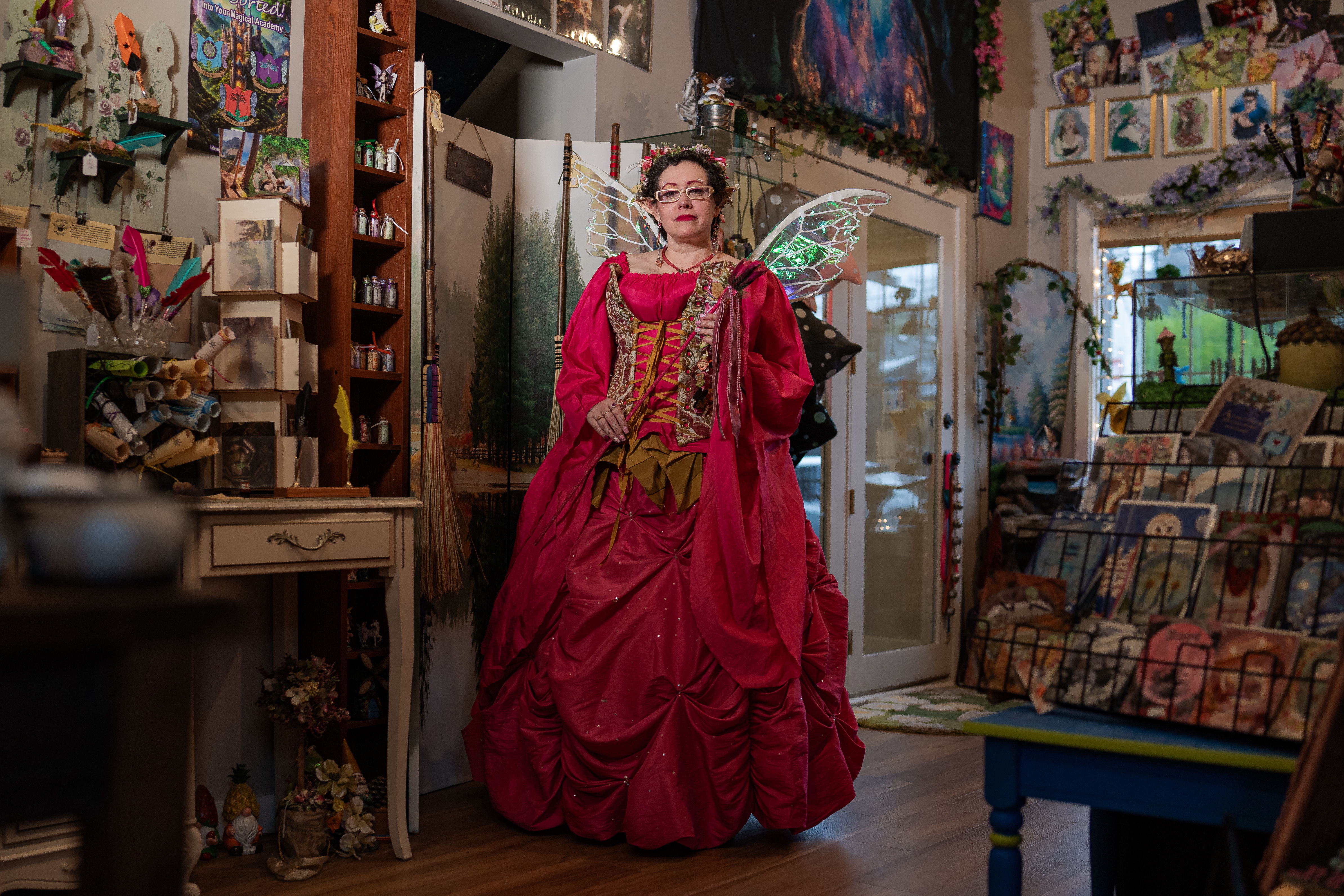Second to None
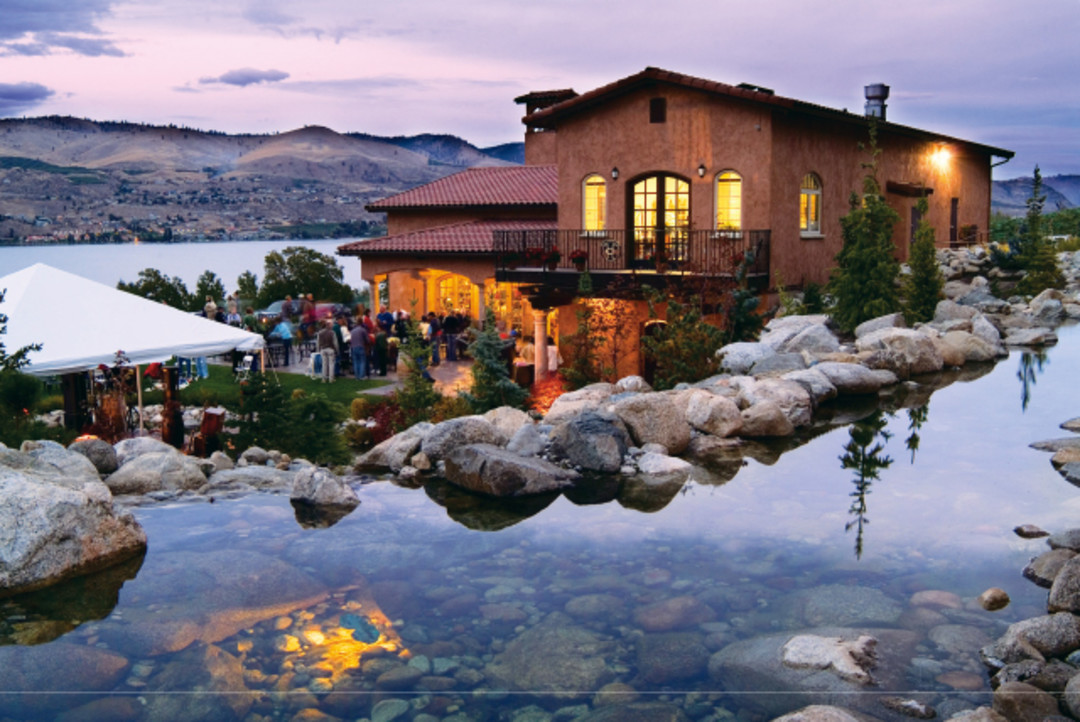
Lake Chelan, Washington
IT COULD EASILYbe called the working man’s second-home spot. More often than not, Lake Chelan’s waters teem with motorboats, water-skiers, and families eager to enjoy the commotion—a good draw for anyone in search of a laid-back destination. As a result, second-home owners longing for quieter waters largely ignored the area for years, but several high-end developments, a burgeoning arts scene, and a boom in viticulture have led many to reconsider.
The sun (more than 300 sunny days annually) and the area’s 50.5-mile glacier-fed lake draw people of all lifestyles. Windsurfing, parasailing, and sailboating are especially popular in the Lucerne Basin, and anytime the weather is warm the lake is crisscrossed with tubers and water-skiers tethered to motorboats. Smaller lakes and the nearby Columbia River offer kayaking, canoeing, and fishing.
When water lovers are ready to leave the lake behind, the vineyard-filled hills beckon. More than a dozen boutique wineries dot the landscape. Tastings and tours are available, but the annual Lake Chelan Wine Festival in September is the big attraction, when local wineries pair their latest creations with food from nearby restaurants. As summer gives way to winter, the area transforms into a haven for cross-country skiing and snowmobiling—the area is the best place for the latter in Washington, according to SnoWest magazine. Echo Ridge provides 21 miles of groomed Nordic trails for anyone who wants to explore the winterscape.
{page break}
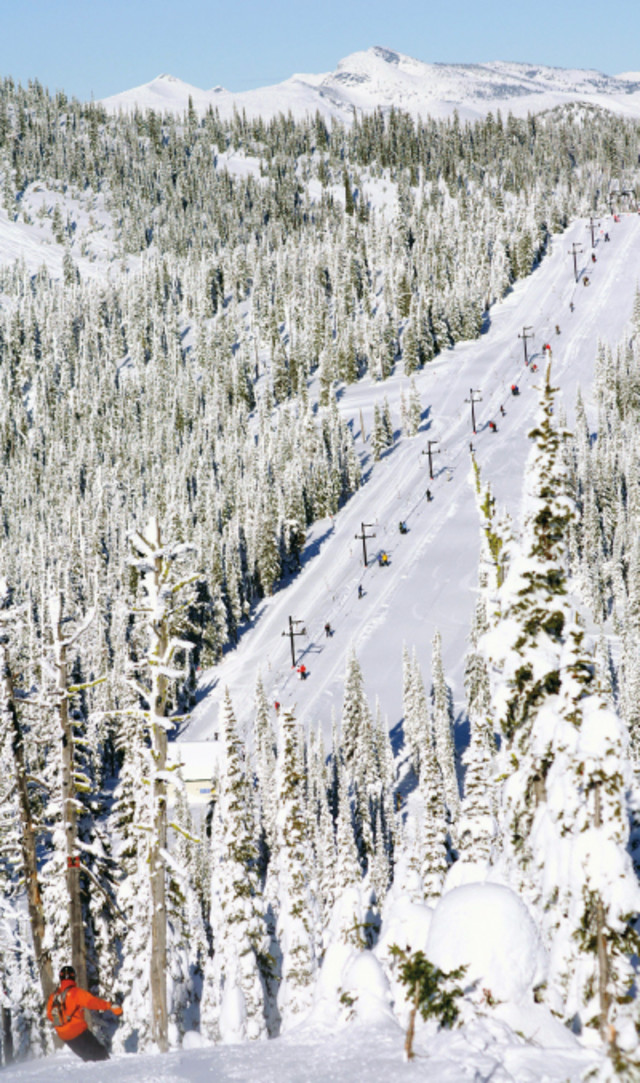
SEATTLEITES HEAD TOLake Chelan, Lake Sammamish, and Banks Lake for water-sports getaways, but that popularity translates to boatloads of crowds in the summer. For the price of a four-and-a-half-hour drive, Idaho’s Hayden Lake offers all the benefits of a sunny, warm lake without the hustle and bustle. It’s a far calmer (and smaller) locale than its neighbor in the Idaho panhandle, Lake Coeur D’Alene, and weekdays in particular offer glassy water ideal for kids’ water-skiing or wakeboarding lessons and quiet sandy beaches for strolls. The lake’s wandering coral-reef shape makes for nearly 40 miles of shoreline (and plenty of waterfront properties too). If you’re not looking for rugged waterfront properties, the southwest region near the country club offers a more suburban feel, complete with carefully manicured lawns.
While many lake homes aren’t necessarily appealing as winter destinations, Hayden Lake is an exception. Nordic skiing, snowshoeing, and snowmobiling dominate local activities when the temperatures start dipping into the 30s; just 45 minutes north is Idaho’s second-largest ski resort, Schweitzer Mountain. By sheer location, Schweitzer sees far fewer skiers than Utah or Colorado but gets blanketed in more than 300 inches of dry, fluffy powder. An hour’s drive from town in the other direction are Silver Mountain, which just doubled the size of its terrain park, and Lookout Pass, a small hill that runs a dizzying array of kids’ ski-school programs.
{page break}

THE SECLUDED BEACH TOWNhas long been a preferred hauntof celebrities who enjoy the privacy its location provides. They stay, locals say, because everyone is treated in the same friendly manner no matter who they are. It could also have something to do with the beaches. In a land known for its fine sand, Lanikai’s waterfront is consistently ranked as Hawaii’s finest. The water glistens deep tropical blue, the waves roll gently, and the beach sand is superbly soft underfoot. It’s possible that the area’s exclusivity has something to do with the ranking—Lanikai’s minimal public parking and obscure entrances keep the beaches just as remote as they were when native Hawaiians paddled here to fish the well-stocked waters. Tranquility comes with a price, though. Resources are intentionally minimal in the community, with only a handful of services and restaurants located in Lanikai proper.
Still, Lanikai is not as remote as it once was. It sits just two minutes from Kailua, a recently renovated town replete with all the upscale amenities anyone could want, and popular family-friendly events such as an annual Christmas pageant and Fourth of July parade.
{page break}

IT MAY BE A TOWNcarefully watched over by the Bard of Avon, but Ashland, Oregon, is much more than just the sum of its Shakespearean parts. Think of it as the Northwest’s largest artist colony: There’s an undercurrent of an easygoing, hippie commune—where individuality and freedom are prized—over which a variety of layers of art, music, and theater happily commingle. Ashland’s rapid growth as both a second-home hot spot and retirement destination is driven by the uniquely laid-back yet sophisticated culture folded into its small-town environment. Theater companies thrive, along with dozens of galleries, a symphony, and an active chamber music society.
Resting in the Rogue River valley just north of the California border, the local geography mirrors Ashland’s relaxed vibe. Two nearby mountain ranges—Siskiyou and Cascade—promise adrenaline-pumping adventures for those willing to hop in a car. Close by in Ashland’s foothills, a long day fly-fishing, a casual ramble through Lithia Park, or a wine-tasting tour are preludes to dinner at one of the many restaurants found on the main drag. The slower pace, paired with an open-minded college-town atmosphere (thanks to Southern Oregon University) lends a uniquely liberal flavor to Ashland’s Anytown, USA, vibe—children play in the streets and neighbors know each other well.
{page break}
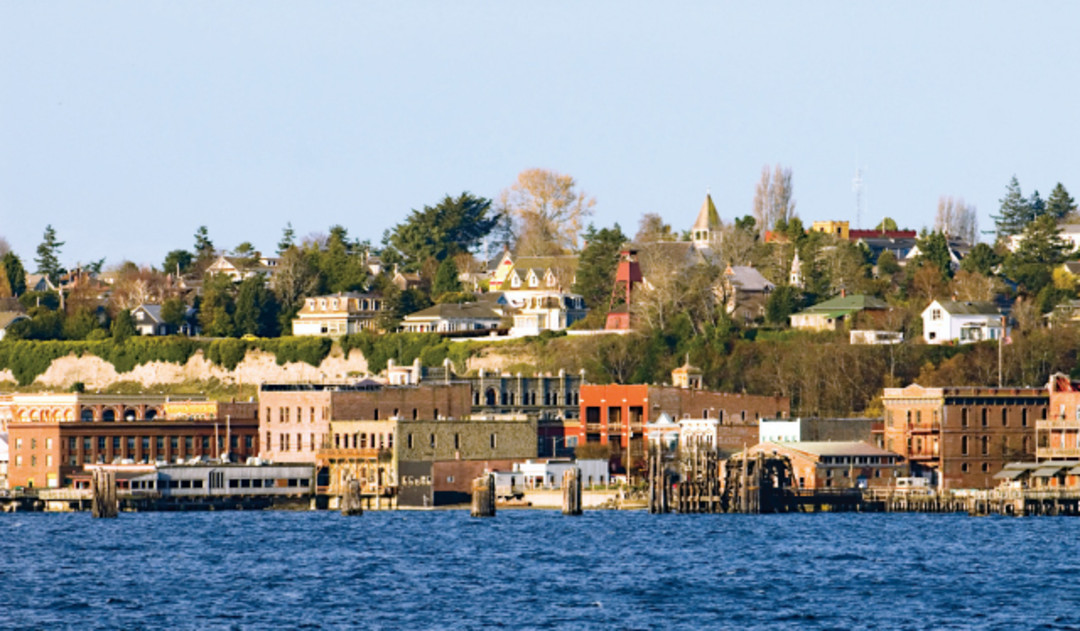
POISED AT THE TIPof the Olympic Peninsula where the Strait of Juan de Fuca meets Admiralty Bay, Port Townsend teems with wooden-boat craftsmen, artists, and pristinely preserved Victorian homes that attract visitors all on their own. The town plays to its strengths: home tours, art walks, and concerts occur nearly every weekend.
At its core, though, Port Townsend is a harbor town. Residents get on the water every chance they get, from sunrise kayaking jaunts to sunset fishing trips. And boat lovers never miss the West Coast Kayak Symposium, which kicks off every September.
Back on dry land, Port Townsend calls to art enthusiasts. There are more than 20 galleries in town, and October’s wacky Kinetic Sculpture Race epitomizes both the town’s love of art and its whimsical nature.
Because Port Townsend tucks into the Olympic rain shadow, there are more sunny days to enjoy here than just about anywhere on the Sound. Be prepared to snuggle up during cold winter months with their sometimes howling winds and powerful storms.
{page break}
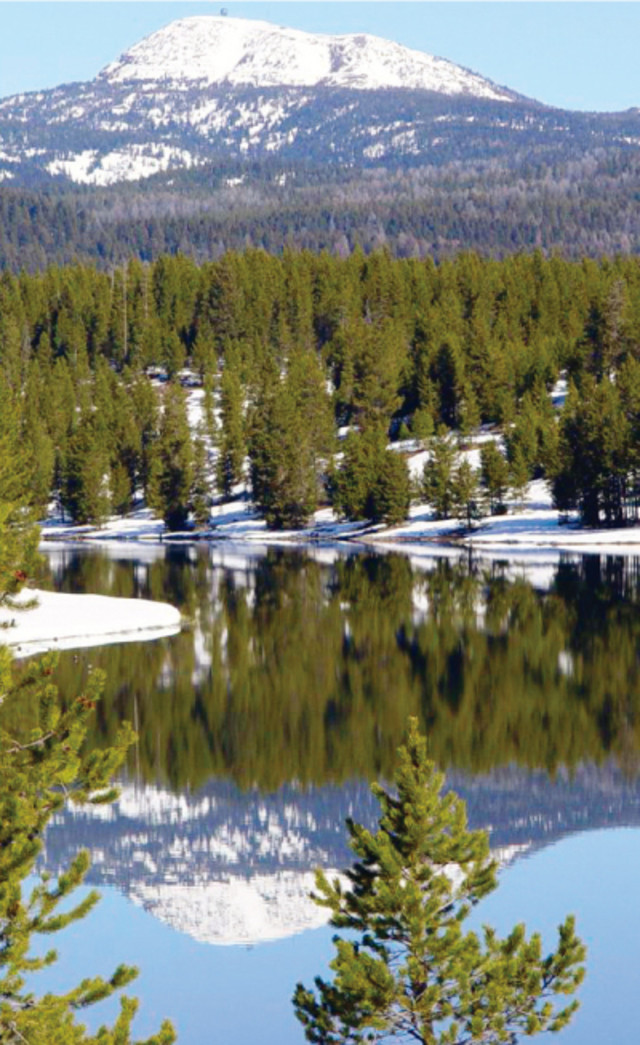
THIS SMALL TOWNnear the Idaho-Wyoming border is the ultimate base camp: It’s got the comforts of home and is a stone’s throw from exhilarating adventures. Island Park is only 30 minutes from West Yellowstone, giving residents easy access to the U.S.’s most popular national park until early November, when the entrance closes for the winter (residents can still access Yellowstone via the north entrance).
Island Park itself sits squarely inside Targhee National Forest, a popular lure to anglers, especially fly-fishers, and fall foliage enthusiasts. Locations like the world-famous Henry’s Fork of the Snake River—winding through the middle of the 4,330-acre Harriman State Park—teem with cutthroat trout. They also attract other visitors, including bald eagles, rare trumpeter swans, otters, elk, and grizzly bears. Island Park is not for those who want an appetizer-sized taste of wilderness: Buying here means you like to be where the wild things are.
Island Park also brings you within three hours of two legendary spots—Bozeman, Montana, and Jackson Hole, Wyoming. Head north to Bozeman in the summer to test your fly-fishing skills in its expansive rivers. In winter, if you’ve somehow managed to get your fill of snowmobiling Island Park’s 500 miles of trails, venture south to tackle Jackson Hole’s steep slopes.
{page break}

THIS SMALL TOWNof where Oregon’s Rogue River cascades into the Pacific Ocean, Gold Beach could have become a water-sport mecca, the kind of magnet that would bring streams of tourists and intense growth. And while the river gets a fair share of jet-boating and kayakingvisitors, Gold Beach has stayed sleepy, just how its residents prefer it. A town so small that highway 101 is the main arterial, everyone knows the postmaster by name, and the local newspaper (run by a former Seattle attorney) breaks news of residents’ picnics and summer vacation plans.
The contemplative, rugged beauty of Gold Beach has attracted a variety of artists, from the musicians who perform regularly at the bookstore and town gathering place the Biscuit, to painters and photographers (some of whom have traveled from as far as Germany just to get one epic shot of the surf crashing into the sunset off Cape Sebastian). Warm, blustery summer weather eventually gives way to spates of dark clouds and horizontal rain in the winter. But the storms don’t last long, and blue skies are quick to follow, making Gold Beach a fine departure from Seattle’s gray skies.
{page break}
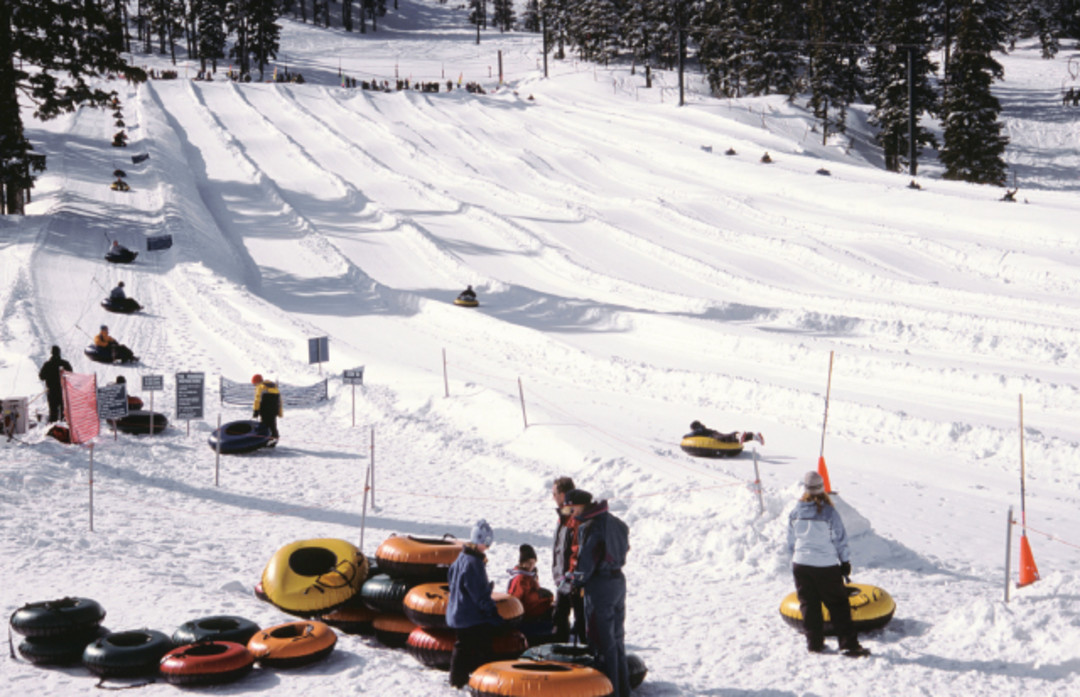
QUIETLY LURKINGin the middle of Oregon, the town of Bend is a Boulder, Colorado, in the making. It is a place of unabashed outdoor worship. Residents and vacationers come to Bend because they live to ski, bike, golf, climb, kayak, fish, hike—and some will knock all those off in just one week. And Seattleites find Bend’s high desert climate provides welcome respite in winter.
A classic Bend summer evening rolls in with a fuchsia-heavy, orange-tinged sunset that plunges into deep purples framed by clusters of Lodgepole pine and Douglas fir trees, with Mount Bachelor and the western Cascades silhouetted in the distance. Smelling of brush and clean mountain water, the air has a vibrant, calming energy that slowly erodes thoughts of work, responsibilities, and traffic backups.
Along with its smorgasbord of outdoor activities, Bend has a wide range of urbane restaurants and a collection of brewpubs. August brings the Bend Brewfest to town, where you can quaff more than 60 different beers from Northwest brewers. Summer also brings musical acts as varied as Willie Nelson, Alison Krause, the Shins, and Pink Martini to the picturesque Les Schwab stage next to the Deschutes River. It’s precisely this mix of desert frontier and city culture that has contributed to Bend’s explosive growth over the past decade.
{page break}
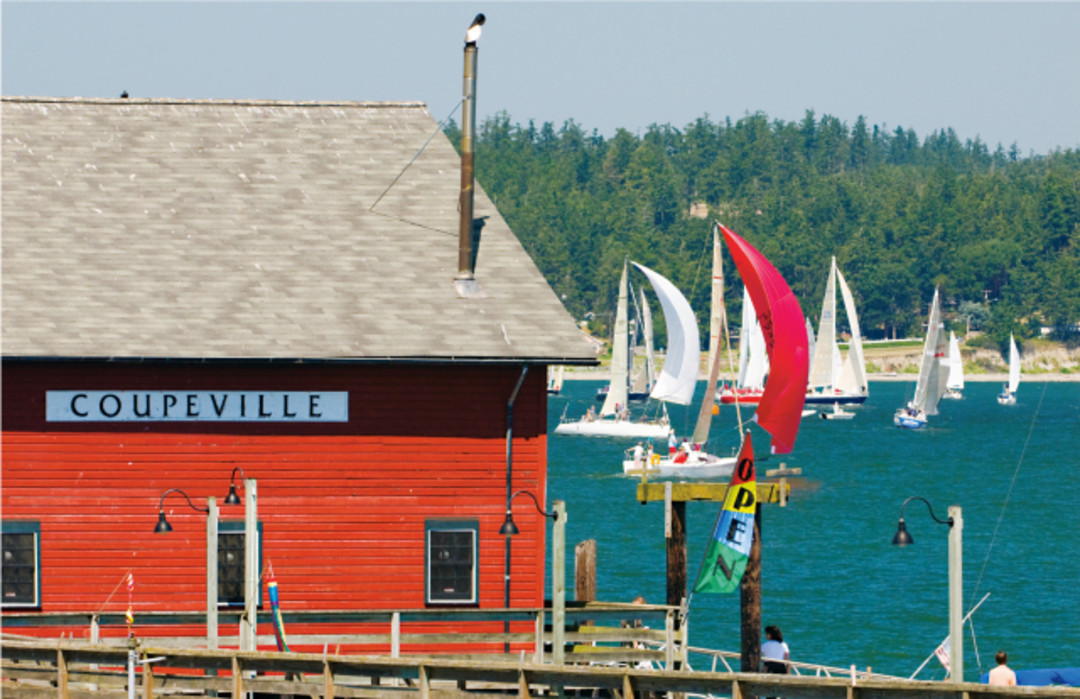
IF YOU WANT A QUICKERgetaway, Whidbey’s a great choice. Only a 25-minute drive up I-5 to Mukilteo and a 20-minute ferry ride gets you there. But as Seattle slips away behind you and the sun sinks below the Olympics, it feels a world away. Whidbey is primarily a working island populated by military employees, artisans, and farmers, which means plenty of fresh flowers, fruits, and vegetables at roadside stands and four weekly farmers markets. The love affair with the earth extends to the well-traveled trails cut through the five state parks on Whidbey. Residents and tourists flock to the area to see the jaw-dropping views of Deception Pass, the old-growth cedars of South Whidbey State Park, and the 200 miles of shoreline and sandy beaches, which offer opportunities for crabbing and clamming.
Even many of the island’s annual celebrations point to the locales’ relationship with the land. The Penn Cove Mussel Festival, held each March in Coupeville, offers live music and plenty of mussels prepared by local restaurants to sample, and, as summer turns to fall in September, the Tour de Whidbey fires up. The bike ride crisscrosses the island and includes scenic views of inland farms and the coast. The Whidbey Island Kite Festival, also held each September in Coupeville, takes advantage of the brisk winds blowing in off the water.
Langley ranks as the island’s postcard waterfront town and attracts crowds on weekends. Downtown sits on a bluff overlooking Saratoga Passage, and there are plenty of restaurants, boutiques, and shops featuring the work of local artists to peruse during the sunny summer days.
{page break}
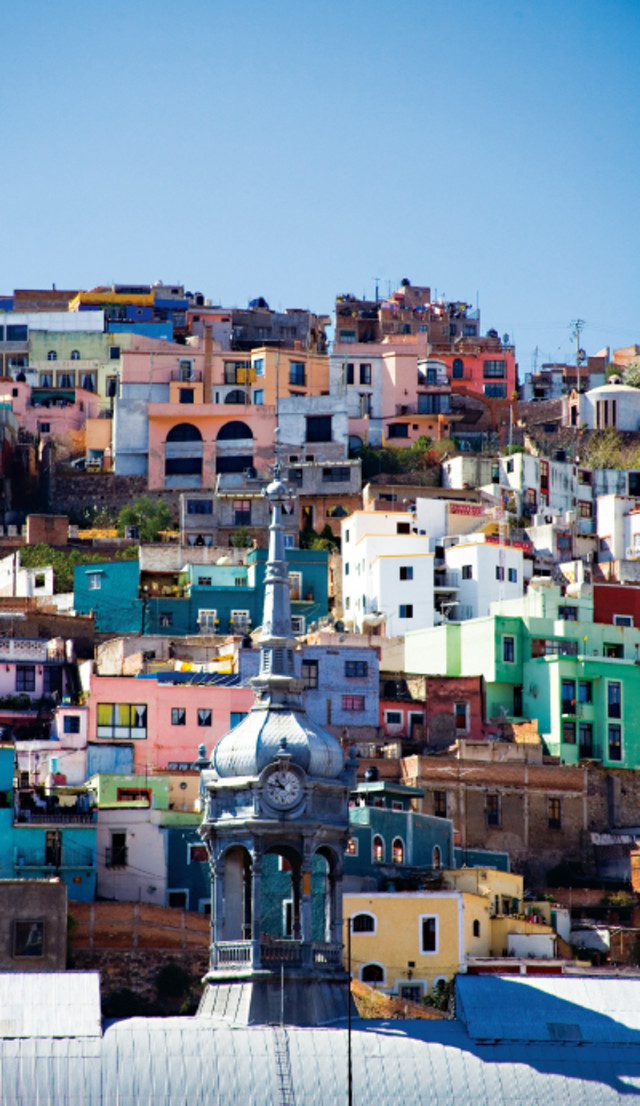
SAN MIGUEL DE ALLENDE sits high (elevation 6,200 feet) in a relatively flat region of Guanajuato within a ring of mountains. The Mexican War of Independence took root here, and the city is now designated a national historical monument, so the festive downtown square, ornate churches, and colorful colonial-style residential architecture—all of which provide much of the appeal—will be preserved.
San Miguel de Allende has become a popular destination for wealthy Mexico City residents, but it has long been a haven for retired expats from Canada and America (the Biblioteca here has the second-largest collection of English-language books in Mexico). The mixing of cultures gives the area a distinctively comfortable cosmopolitan feel, buoyed by an Annual International Festival of Jazz and Blues and the Expresión en Corto International Film Festival, the largest and most prestigious in Mexico. Residents who want to explore rave about San Miguel’s central location. It’s just a day’s drive to popular destinations such as Puerto Vallarta, Oaxaca, or Veracruz.
Despite its growing popularity, the city remains an escape. It’s a 90-minute drive from the airport in León, a breathtaking journey through the mountains.
